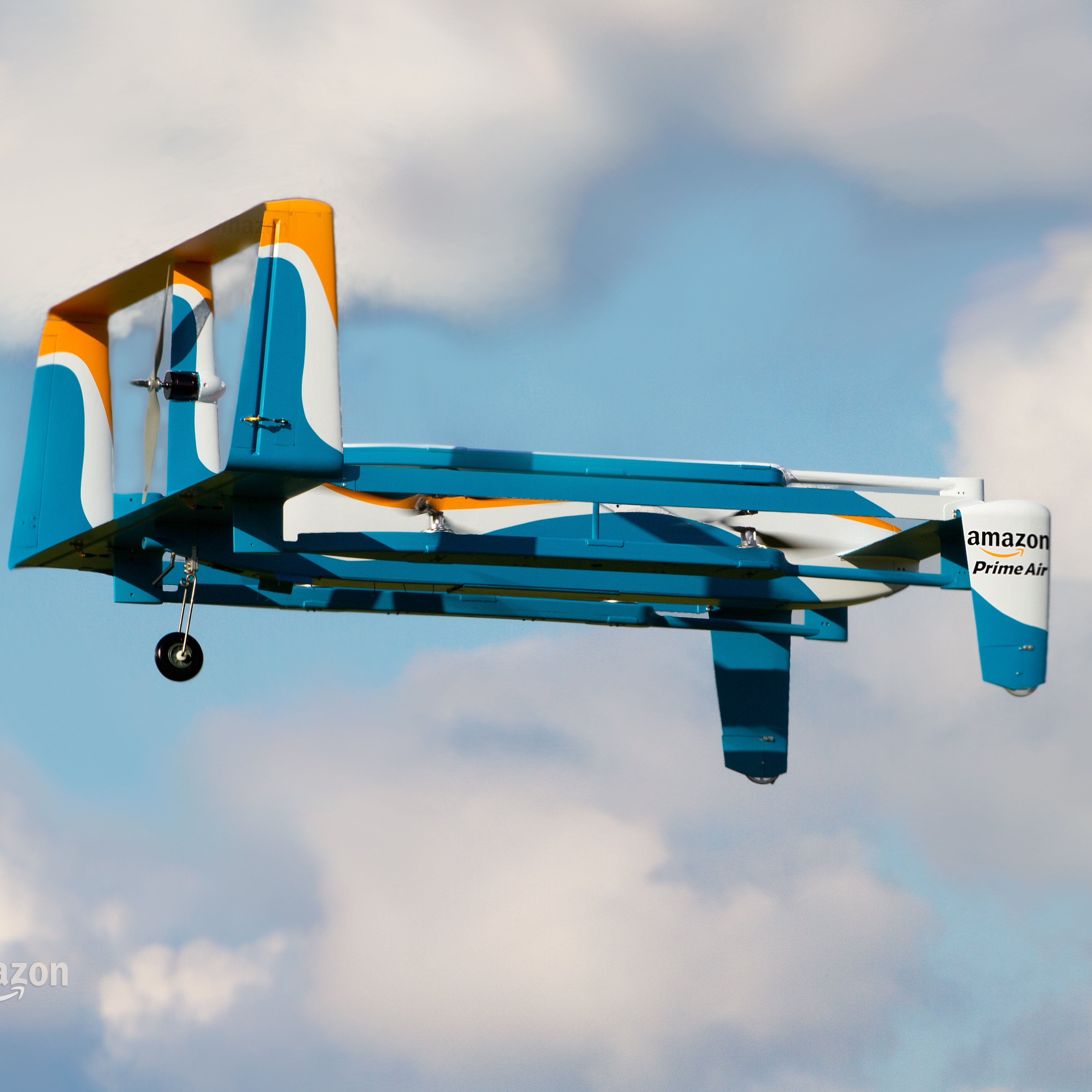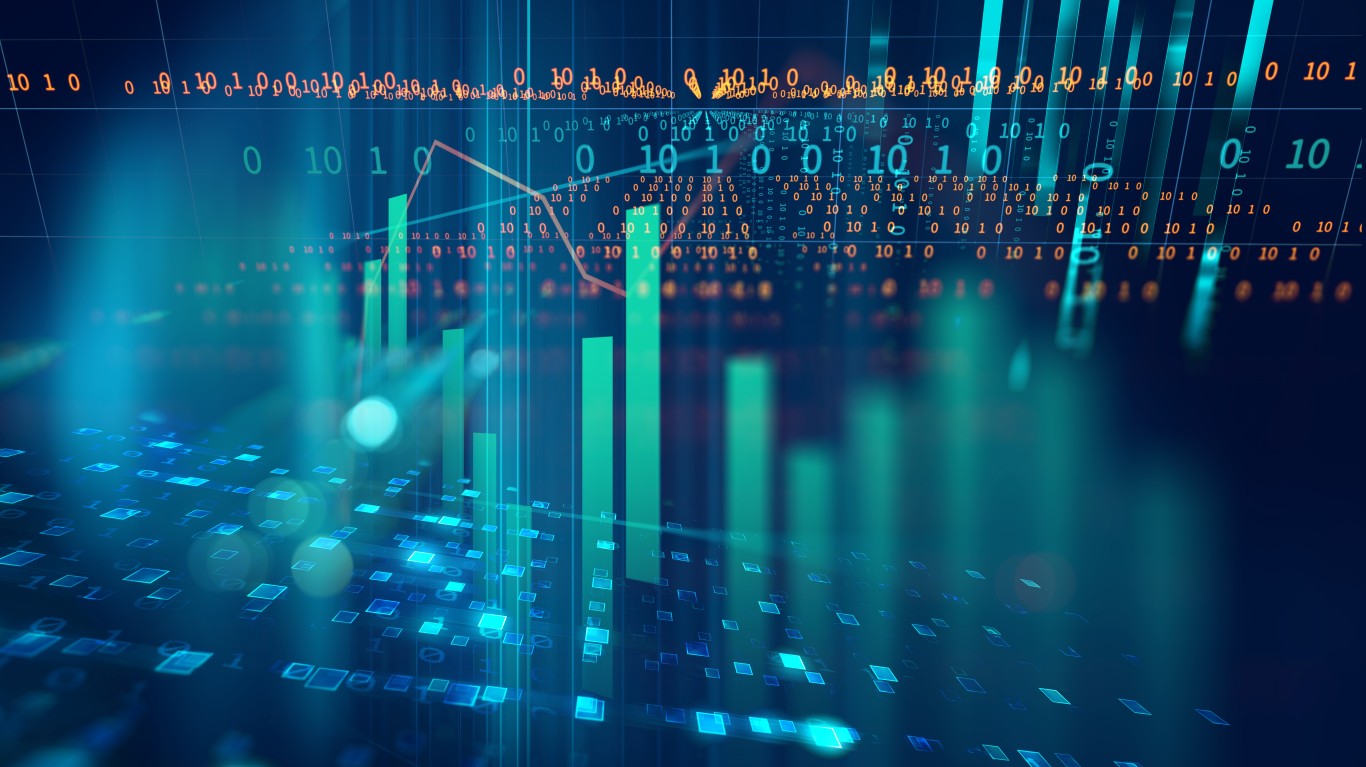
In late July, Amazon.com Inc. (NASDAQ: AMZN) received government approval to expand its tests of drone delivery in the United Kingdom. The company has been testing drone deliveries in Australia and Canada as well, but has been unable to get U.S. rules relaxed enough to allow U.S. testing.
Amazon’s U.K. agreement allows the company to test drones that operate outside a line of sight, the main prohibition keeping the company from testing the drones in the United States. The U.K. tests are also designed to find out if a single operator can manage more than one of the devices and whether or not the drones can automatically detect obstructions like other aircraft, buildings, and people.
On its website, Amazon sells a remote-controlled Ionic Drone (ASIN: B014K14RR6) for $24.99. It’s a pretty safe bet that the drone the company expects to use for delivering packages is more costly than that. The cost may not be $19 million per device, the price the U.S. Defense Department is paying for MQ-9 Reaper drones equipped with Hellfire missiles, but it is surely more than $24.99 per copy.
Even the price for the most expensive drone available from Amazon, the Freefly Systems ALTA UAV (ASIN: B013OMDM6Y) selling for more than $11,000 is probably substantially below what Amazon will have to spend on each copy of its drone.
In December 2013, founder Jeff Bezos said Amazon will eventually have drones which can carry as much as five pounds. They will be able to deliver items under that weight to homes in less than an hour. The Freefly can be optimized to carry a payload of up to 15 pounds, but the electronics to allow the device to fly beyond line-of-sight range should add significantly to Amazon’s cost, even if the company’s drones could carry a 15-pound package.
The White House’s Office of Science and Technology Policy (OSTP) recently recommended $35 million in funding for the National Science Foundation (NSF) over the next five years to figure out how to allow drones safely to fly in the United States. Amazon has probably already spent far more than that and will likely be putting pressure on the NSF and other federal agencies to speed up their review.
Thank you for reading! Have some feedback for us?
Contact the 24/7 Wall St. editorial team.





